In his interview with Dave Rubin, Bishop Robert Barron said the following about homosexuality: In a certain way I wouldn’t want to press it further than that. That’s the Church’s job to say no to what it perceives to be an inadequate – incomplete integration of the sexual act. So, not just “gay” marriage, but go across the board, anything that falls short of the ideal the Church would say no to. Why? He continued: Its keeping its bar high and calling people always to that bar. As we all fall short of it, the Church offers at its best the lavish mercy of God. That’s sort of the context I try to set for that conversation.
In Bishop Barron’s interview, he talked about how the Church has set a “high bar” in terms of homosexuality. But the saintly Courage priest who mentored me way back in 1999 said that chastity was the minimum of what the Church required of me – the minimum. Therefore, I shouldn’t complain about it as if I were being martyred for doing simply what was expected of everyone – chastity in their particular vocation: mine being the single life. After all, when a husband is faithful to his wife is he reaching a “high bar?” Why should those with same-sex attraction be thought of differently?
Part and parcel of this realization that chastity was not some special individual sacrifice that I was offering up to God, but was my obligation, emerged through an initial reading of the Catechism. There I read those most loathsome words, which numerous Catholic gay-apologists have asked to be removed, that homosexual acts are “intrinsically disordered.” I needed to know this, because that was the context that I had to start from. That within homosexual activity – there was no way to make it better. It just had to stop. Because active homosexuality was not simply an “inadequate – incomplete integration of the sexual act,” but that it could never become in any way adequate or complete. At that time, I could see the manifestation of this reality in the broken and battered state of my body – in the preparation and pain that went into gay sex. Therefore, the “high bar” of chastity as a single man, even beyond the realm of the spiritual, was the only sane option. It was the only thing that would save my life – from myself.
Why talk about a “high bar” at all? From my experience, as a former “gay” man, who was once accustomed to partaking in some form of sexual activity on an almost daily basis, just mentioning it makes this near-mythical “high bar” seem unattainable. It becomes like an enormous dirigible hovering above the squalid masses who can only occasionally raise themselves above their lusts. That is not how chastity was presented to me. Chastity was my duty as a follower of Christ. When the Courage priest expressed my obligations in that way – that chastity was not some lofty goal, but what I should be doing anyway – it somehow made it easier, because then I could focus on even truly higher aspirations such as the development of my prayer life and performing charitable works. That does not mean that the struggle ended. But I made a special effort to attend the weekly Courage meetings and most importantly to stay with our Chaplain as my Confessor. Why? Because since leaving homosexuality, a series of well-intentioned, but badly informed priests wanted to comfort me by offering the following advice: that entering into a so-called stable monogamous relationship (with another man) would be preferable to a relapse into my former more outwardly perverse life. The priest at Courage never went in such a direction. He never acted as if I was a unique case, he never called me a “gay” person, nor did he treat me like one. I was just another man, no better or worse than any other, but one who had gotten on the wrong path. Because I had same-sex attraction, he didn’t make chastity for me a “high bar,” no more than a married man staying faithful to his wife.
This reminds me of the famous “Creation of Adam” fresco by Michelangelo that’s on the Sistine Chapel ceiling. The rather dopey eyed and semi-lethargic Adam is just coming to life and he stretches out his hand towards God. But the Creator of the Universe and the dispenser of all Graces is not floating high in the heavens. He is right in front of Adam – within reach.
What’s a way to go forward?
As men, we need strong leadership and clear direction. Don’t talk about the “Aquinas principle,” because we are oftentimes ruled by so called “pelvic issues.” I was led into the “gay” Castro District of San Francisco by my lower regions. As an infrequent bisexual by circumstance or opportunity, I found that women were much more sexually complicated and these differences between genders were somehow intensified in the world of homosexuality with “gay” women fomenting a constant inner-emotional drama that verged on the oppressive and the men becoming increasingly cold and inhuman as the impersonalization of all-male sex reached an apogee in the faceless hookups in a pitch black dark bathhouse or now in the headless torso shots all over Grindr. When I was a sometime withdrawn spectator, I noticed that lesbians talked a lot, and the men didn’t talk at all. The hard stare across a crowded “gay” bar was the all the introduction and foreplay that was needed. Therefore, men need to be given something to do, healing comes about more by action and observation than by discussion – and in terms of those with same-sex attraction, they need to become authentic men; and they need someone to show them the way. At Courage in San Francisco, we were blessed with some exceptional Chaplains, in particular a former married family man, who after his wife passed away, entered the seminary and was ordained. He was masculine and strong, but caring and compassionate. He didn’t set a high bar, but gave precise instructions and expected you to follow through. The fraternal camaraderie at Courage worked in tandem with the manly example of the priest – with our fellow brothers serving as living evidence that chastity was the norm and not the extraordinary.
But it was in my relationships with married heterosexual men that I found the greatest examples. Because, in their daily endeavor to love and support their families, amidst the stress, I witnessed that chastity, in whatever state of life, is not an ideal, or a high bar, or about something you give-up, but about being a man. And that is a man of commitment, of fortitude, and of honor. A man of Christ. It is who they are. And who they are affects everyone around them. And it is good. I wanted to be like them.
Those within the Church who speak about matters of homosexuality should be especially cautious because there are voices within the ranks of Catholic gay-apologists who argue that perhaps the bar has been set too high for those with same-sex attraction. For example, Fr. Tony Ryan, a frequent speaker at gay-affirmative circles, including Most Holy Redeemer Parish in San Francisco, once wrote:
“When applied to religious or clerical life, the virtue of chastity is viewed as a gift given to a relative few — those who enter religious communities or become priests. When applied to LGBT people, there is no talk about chastity as a ‘gift.’ Rather, the institutional church teaches, it is a demand, an obligation, across the board, for all. LGBT people, the church teaches, must refrain from all sexual intimacy. This seemingly impossible demand and concomitant threat of serious sin has sent countless young LGBT Catholics into confusion and self-loathing…”

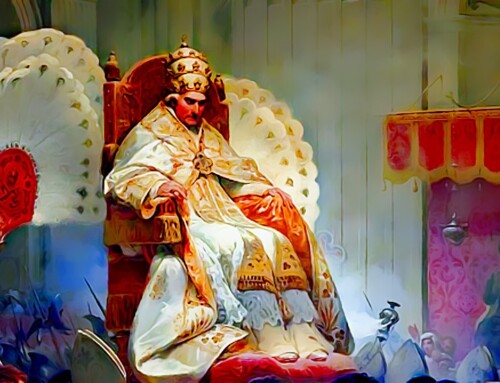
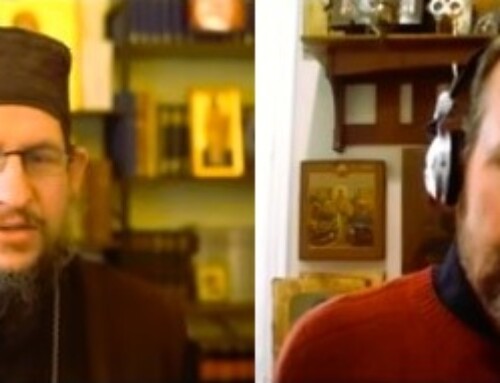
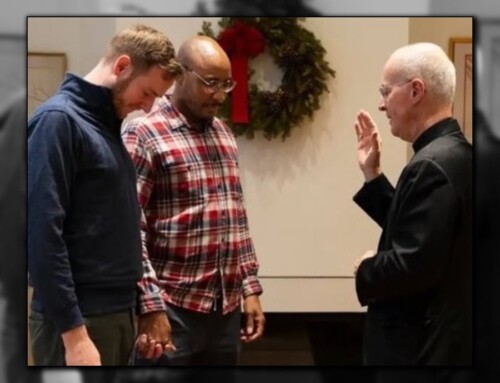
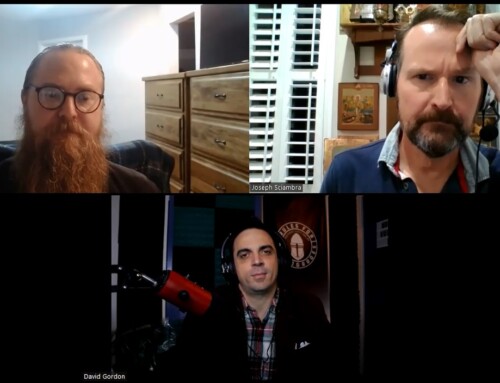
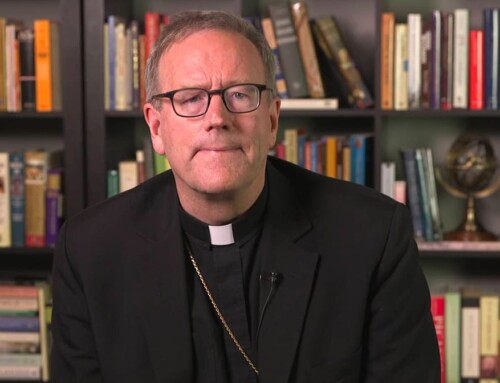
How about the bar being set for all as the same when it comes to chastity? What a thought?